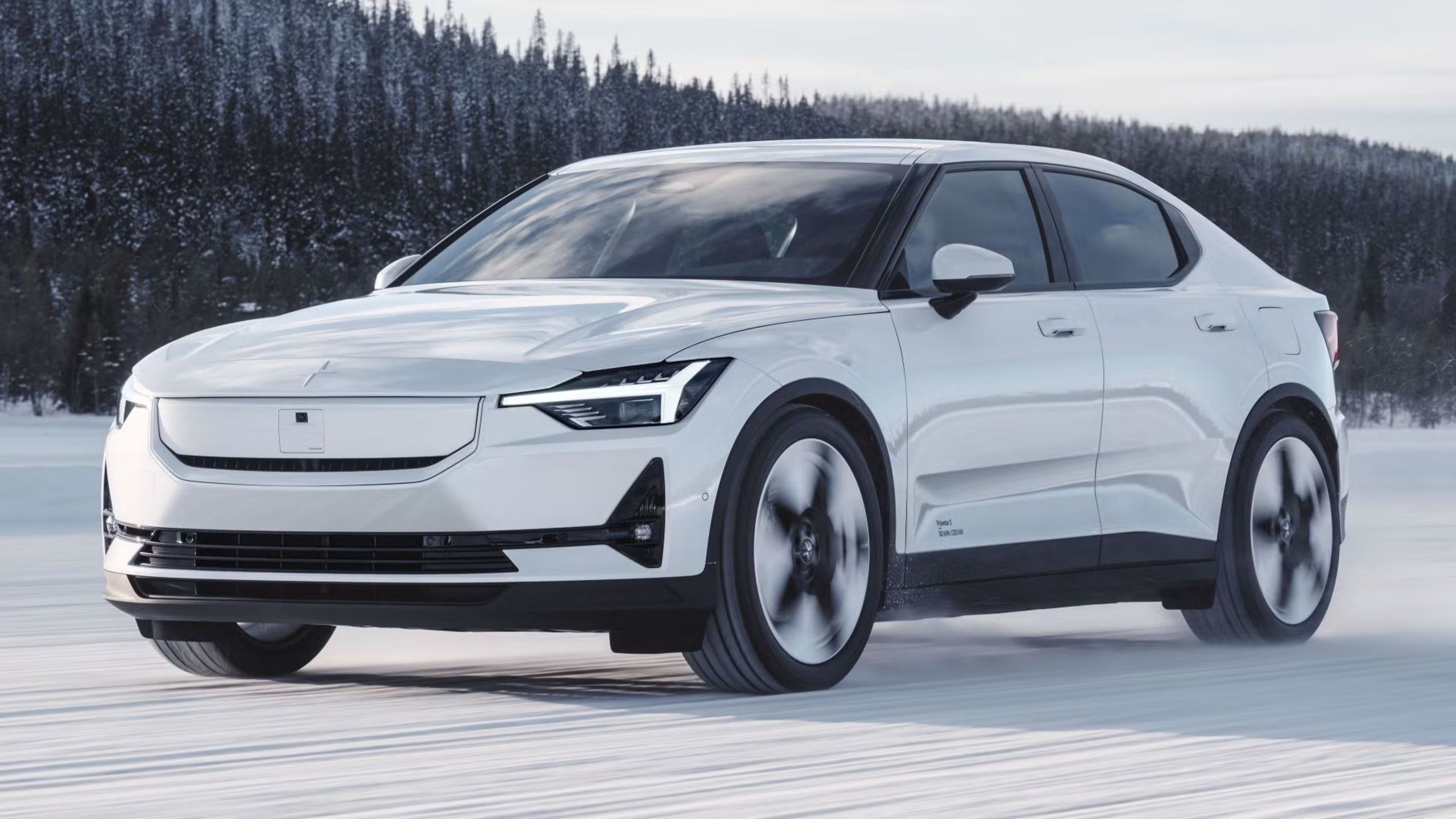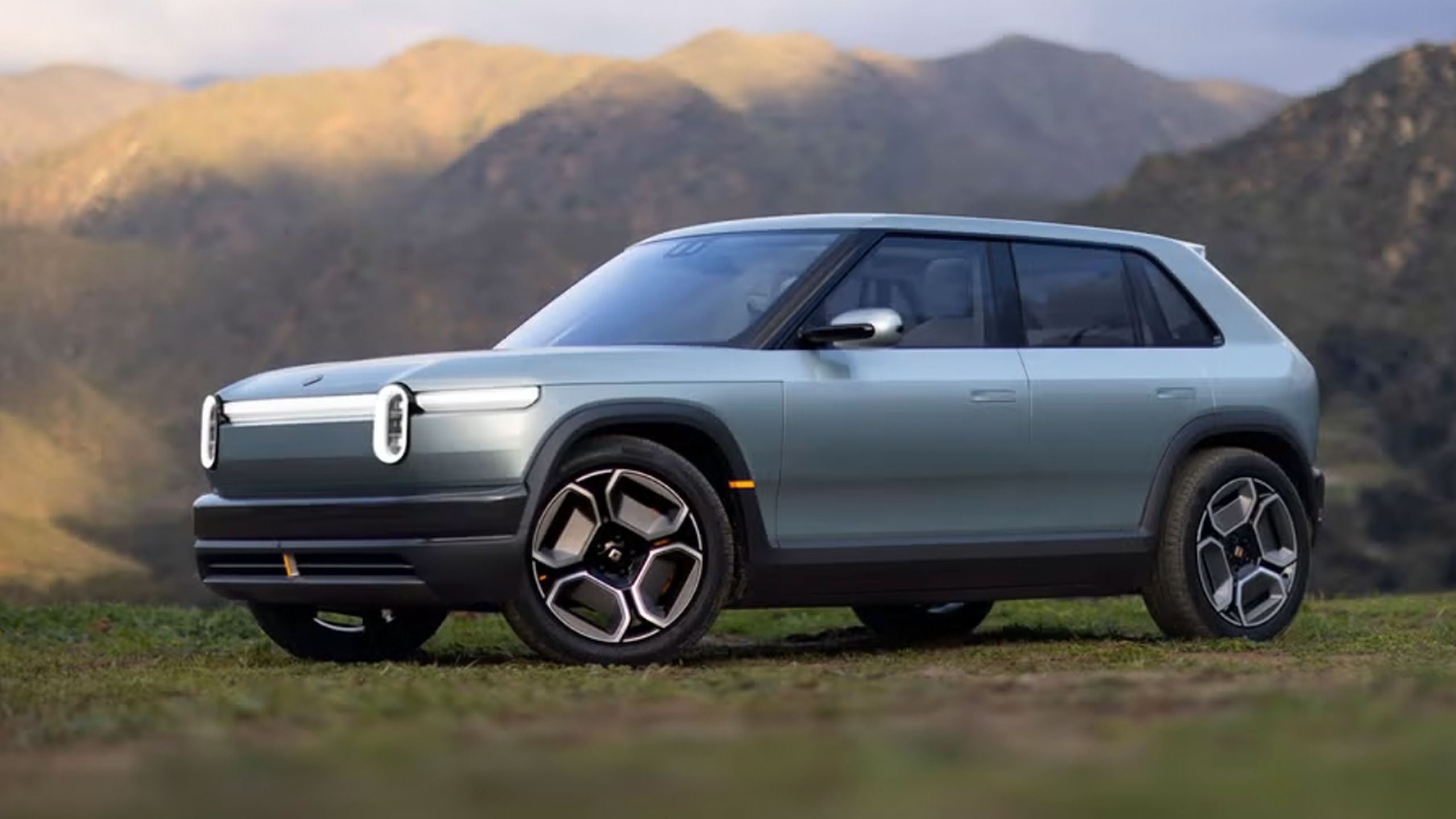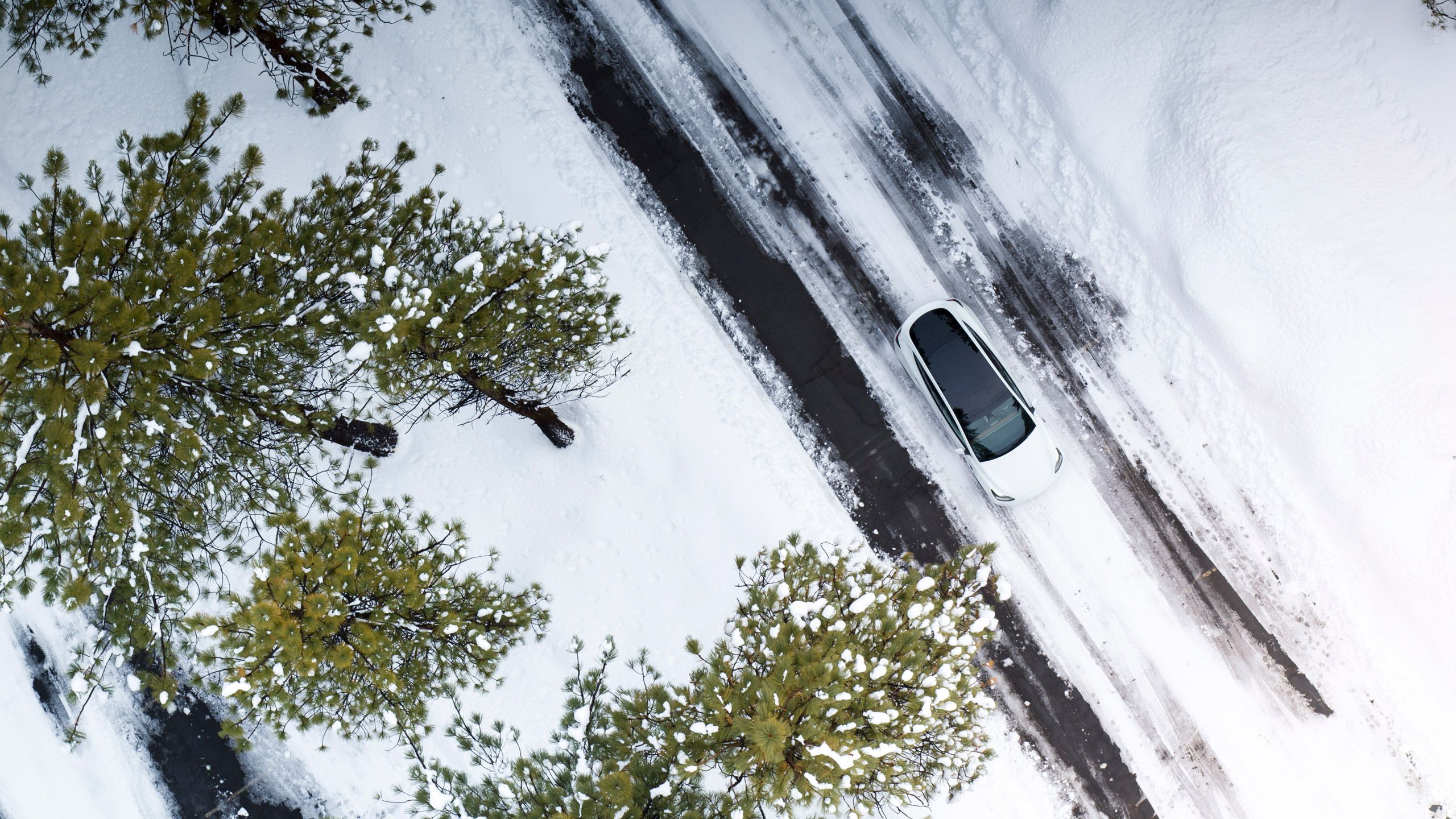Summary
- While safety remains a serious concern with self-driving cars, current models seem more likely to cause traffic snarls with excessive caution.
- Wider adoption is also being hampered by an inability to deal with diverse road conditions, even in perfect weather.
- We may have to wait for a Tesla successor and/or more data collection by robotaxi firms.
I recall that when companies like Google began testing self-driving cars around a decade ago, the immediate worry of nearly everyone was safety. Which makes sense — a glitch in a Windows app is inconvenient, a glitch with an AI driver could be fatal. And even when AI is working perfectly, driving is a complex task. It requires maximal situational awareness, including a sense of what pedestrians and other drivers are about to do. Us humans often fail at predicting each other, forget about a machine.
These days, however, the real barriers to a self-driving future seems to be excessive caution about safety, as well as the inability of AI to adapt to the diverse places people live. It has me thinking that companies like Google and Tesla were always too optimistic, and that we’ll be lucky to see self-driving tech become widespread by 2030, or even 2035.
Related
Everything you need to know about PEVs, or personal electric vehicles
You can use PEVs to explore, run errands, or speed up your commute.
The panic about safety
A question of proportions
GM/Cruise
To be clear, safety is still a very valid concern with self-driving cars. Hundreds of people have been injured by them, and dozens have been killed, and that’s just in the US. It’s difficult to find narrow statistics, but Craft Law Firm claims that between 2019 and June 2024, the country suffered 83 related fatalities and 58 serious injuries.
That sounds terrible — and it is, since every death is a tragedy one way or another — but those statistics are somewhat deceiving. First, they include “advanced driver assist systems,” such as Tesla’s Autopilot and (misnamed) Full Self-Driving modes. These are meant to be used in tandem with a human driver, and often, they’re not even equipped to take a person all the way from point A to point B. In those circumstances, they’ll help with tasks like cruise control, lane changes, or parking, but otherwise leave you on your own.
US data suggests that self-driving systems aren’t wreaking any more havoc than usual.
Craft’s stats also omit the broader picture. The US National Highway Traffic Safety Administration recorded 40,901 fatalities in 2023 alone, and recently estimated 39,345 for 2024. Deaths linked to autonomous driving are a drop in the bucket, despite the growing availability of driver assist systems, and the slowly expanding reach of robotaxi companies like Alphabet’s Waymo and Amazon’s Zoox.
That suggests that while regulators and the public need to remain vigilant — and technology needs to improve — self-driving systems aren’t wreaking any more havoc than usual.

Related
5 things you might not know about driving an EV in cold, snowy weather
It’s perfectly fine to own in EV in places where you can go sledding or skiing.
Taking safety measures too far?
A comedy of errors
Tesla
Because self-driving tech is relatively new and under intense scrutiny, companies are terrified of losing business to new regulations, revoked licenses (a la GM’s Cruise), or simply negative public opinion. That’s led to robotaxis being almost comically overreactive to potential threats. They tend to move slowly, and there are repeated anecdotes of them stopping apropos of nothing, causing traffic jams.
You may also have seen those videos of a Waymo parking lot in San Francisco, where the company’s own cars will cautiously jostle for spots, afraid to be more aggressive. In the summer of 2023, Waymo was forced to apologize after residents near that lot were kept awake by taxis honking their horns at each other.
I’d rather have timid cars than a surge in accidents, yet automakers are often causing trouble in the name of preventing it.
With individually-owned vehicles, a continuing issue is disengagement — autonomous systems forcing a human to take over because they don’t know how to handle something. In its first three months ending in March 2025, even Tesla’s v13 Full Self-Driving (FSD) software managed just an 86.6% success rate for trips without disengagements, with an average of 495 miles (797 kilometers) between incidents — and that’s according to the company’s own data. That’s dramatically short of a long-term, human-like goal of 700,000 miles, and obviously, most people would prefer AI that’s superhuman. That’s the point, isn’t it?
Simply put, self-driving cars are often too timid at the moment. I’d rather have that than a surge in accidents, yet automakers are often causing trouble in the name of preventing it. There has to be some middle ground — though there’s probably a reason we haven’t seen it yet.

Related
I hope the Rivian R3 will be the vehicle to topple Tesla
Tesla won’t shrink and vanish in a day, naturally.
When is Waymo coming to Milwaukee?
The inability to adapt
Tesla
At the root of this timidity is the fact that, despite thousands and thousands of miles of testing, self-driving platforms remain unable to deal with the complexities of real-world conditions. Tesla’s FSD occasionally fails to execute basic turns, since it can get confused by what it’s allowed to do at a given intersection. And if that’s a problem, it’s no wonder self-driving cars sometimes struggle with things like passing, or pedestrians suddenly bolting across the street.
There is hope for the future, but we’re cursed to live in interesting times.
Moreover, there’s a reason Waymo only operates in Austin, Phoenix, Los Angeles, and San Francisco at the moment, and then only in specific parts. Those cities rarely see any snow or ice, and their streets are (mostly) well-ordered. Robotaxis tend to struggle in winter conditions, and the more grid-like a city is, the easier it is to navigate while avoiding highways (if possible). You won’t find any robotaxis in a snowy city like Milwaukee, and it may be years before they start showing up in rural towns. Those places often lack EV charging infrastructure, as well as well-maintained roads with clear signs and markings for AI to follow. I’d trust a taxi to take me from The Triangle to Elysium in Austin — but maybe not to Dripping Springs.
There is hope for the future, but we’re cursed to live in interesting times. Tesla is struggling with many issues, above all the backlash against Elon Musk, making any leaps forward in its FSD tech unlikely. It may be up to rivals like Rivian to lead private self-driving. In the transit arena, we may have to wait as firms like Waymo and Zoox expand to more and more cities, gathering an increased amount of data for dealing with every possible scenario. That could take a while — the next two Waymo cities are slated to be Atlanta and Miami, which aren’t even north of the Mason-Dixon line.

You might also like
I’m not holding my breath for the M5 iPad Pro – here’s why
Problems with justifying the iPad Pro’s existence are only going to intensify.
Trending Products
![cimetech EasyTyping KF10 Wireless Keyboard and Mouse Combo, [Silent Scissor Switch Keys][Labor-Saving Keys]Ultra Slim Wireless Computer Keyboard and Mouse, Easy Setup for PC/Laptop/Mac/Windows – Grey](https://m.media-amazon.com/images/I/415Vb6gl+PL._SS300_.jpg)
cimetech EasyTyping KF10 Wireless Keyboard and Mouse Combo, [Silent Scissor Switch Keys][Labor-Saving Keys]Ultra Slim Wireless Computer Keyboard and Mouse, Easy Setup for PC/Laptop/Mac/Windows – Grey

AOC 22B2HM2 22″ Full HD (1920 x 1080) 100Hz LED Monitor, Adaptive Sync, VGA x1, HDMI x1, Flicker-Free, Low Blue Light, HDR Ready, VESA, Tilt Adjust, Earphone Out, Eco-Friendly

TopMate Wireless Keyboard and Mouse Ultra Slim Combo, 2.4G Silent Compact USB Mouse and Scissor Switch Keyboard Set with Cover, 2 AA and 2 AAA Batteries, for PC/Laptop/Windows/Mac – White

HP 2024 Laptop | 15.6″ FHD (1920×1080) Display | Core i3-1215U 6-Core Processor | 32GB RAM, 1.5TB SSD(1TB PCIe & P500 500GB External SSD) | Fingerprint Reader | Windows 11 Pro

Thermaltake View 200 TG ARGB Motherboard Sync ATX Tempered Glass Mid Tower Computer Case with 3x120mm Front ARGB Fan, CA-1X3-00M1WN-00

SAMSUNG FT45 Sequence 24-Inch FHD 1080p Laptop Monitor, 75Hz, IPS Panel, HDMI, DisplayPort, USB Hub, Peak Adjustable Stand, 3 Yr WRNTY (LF24T454FQNXGO),Black

Dell Inspiron 15 3520 15.6″ FHD Laptop, 16GB RAM,1TB SSD, Intel Core i3-1215U Processor(Beat i5-1135G7), SD Card Reader, WiFi, Bluetooth, Webcam, Win 11 Home, Alpacatec Accessories, Carbon Black
![Dell Inspiron 15 3000 3520 Business Laptop Computer[Windows 11 Pro], 15.6” FHD Touchscreen, 11th Gen Intel Quad-Core i5-1135G7, 16GB RAM, 1TB PCIe SSD, Numeric Keypad, Wi-Fi, Webcam, HDMI, Black](https://m.media-amazon.com/images/I/51O3nNfyJPL._SS300_.jpg)









